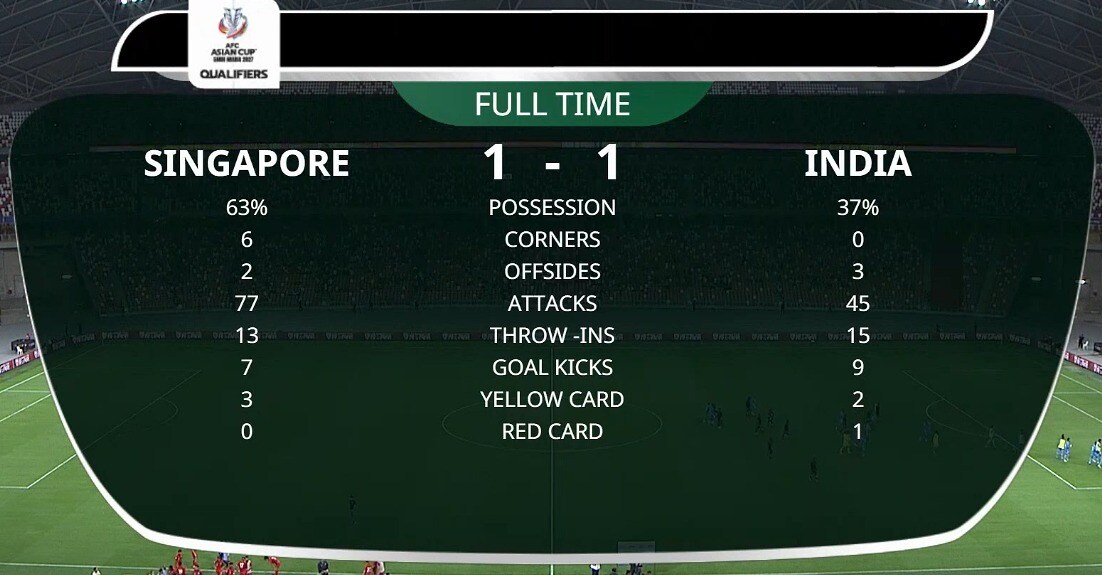Introduction
The comparison of Singapore and India serves as a significant discussion point in understanding the diverse aspects of development, governance, and socio-economic dynamics in Asia. Both nations, while sharing certain historical ties and geographical proximity, differ vastly in their economic structures, cultural practices, and developmental strategies. Observing these differences not only provides insights into each country’s success stories but also raises critical questions about their respective future trajectories.
Economic Landscape
Singapore is recognized for its robust and high-income economy, characterized by advanced technology and innovation. As of 2023, its Gross Domestic Product (GDP) per capita stands at approximately $72,000, showcasing its position as a leading global financial hub. The city-state’s economy is predominantly driven by finance, manufacturing, and services, with significant foreign investment inflows.
In contrast, India presents a vibrant, emerging market with a GDP per capita of around $2,500. The country boasts a diverse economy with agriculture, manufacturing, and services sectors all contributing significantly to its overall growth. However, India’s vast population and socio-economic disparities highlight challenges that the government continues to address, including poverty alleviation and infrastructure development.
Cultural Dimensions
Culturally, Singapore is a melting pot of various influences, primarily Chinese, Malay, Indian, and Western. This blend is reflected in its festive celebrations, cuisine, and languages spoken. The emphasis on multiculturalism fosters a unique national identity that promotes harmony among different ethnic groups.
India, on the other hand, is known for its rich cultural heritage and diversity, with each of its 28 states showcasing different languages, religions, and traditions. The country’s cultural fabric is intricately woven with historical narratives, festivals, and artistic expressions that vary significantly from region to region.
Government and Governance
Singapore’s governance model, led by a parliamentary republic, offers a stable political environment, with policies that promote economic prosperity and social cohesion. The country’s efficiency in public service delivery and strict law enforcement are often cited as key factors behind its development success.
India operates as the world’s largest democracy. The multi-party system presents a diverse political landscape, which, while reflecting the voices of its constituents, can sometimes lead to slower decision-making processes. The challenges of bureaucratic inefficiencies and political dissent are areas where India continues to aspire for improvement.
Conclusion
In conclusion, the comparison between Singapore and India reveals distinct pathways of development shaped by unique historical, cultural, and socio-economic factors. As both nations continue to evolve in a rapidly changing global landscape, understanding these differences and similarities will be vital for investors, policymakers, and researchers interested in Asian dynamics. Additionally, the potential for collaboration between the two nations, leveraging their strengths, offers opportunities for mutual growth moving forward.
